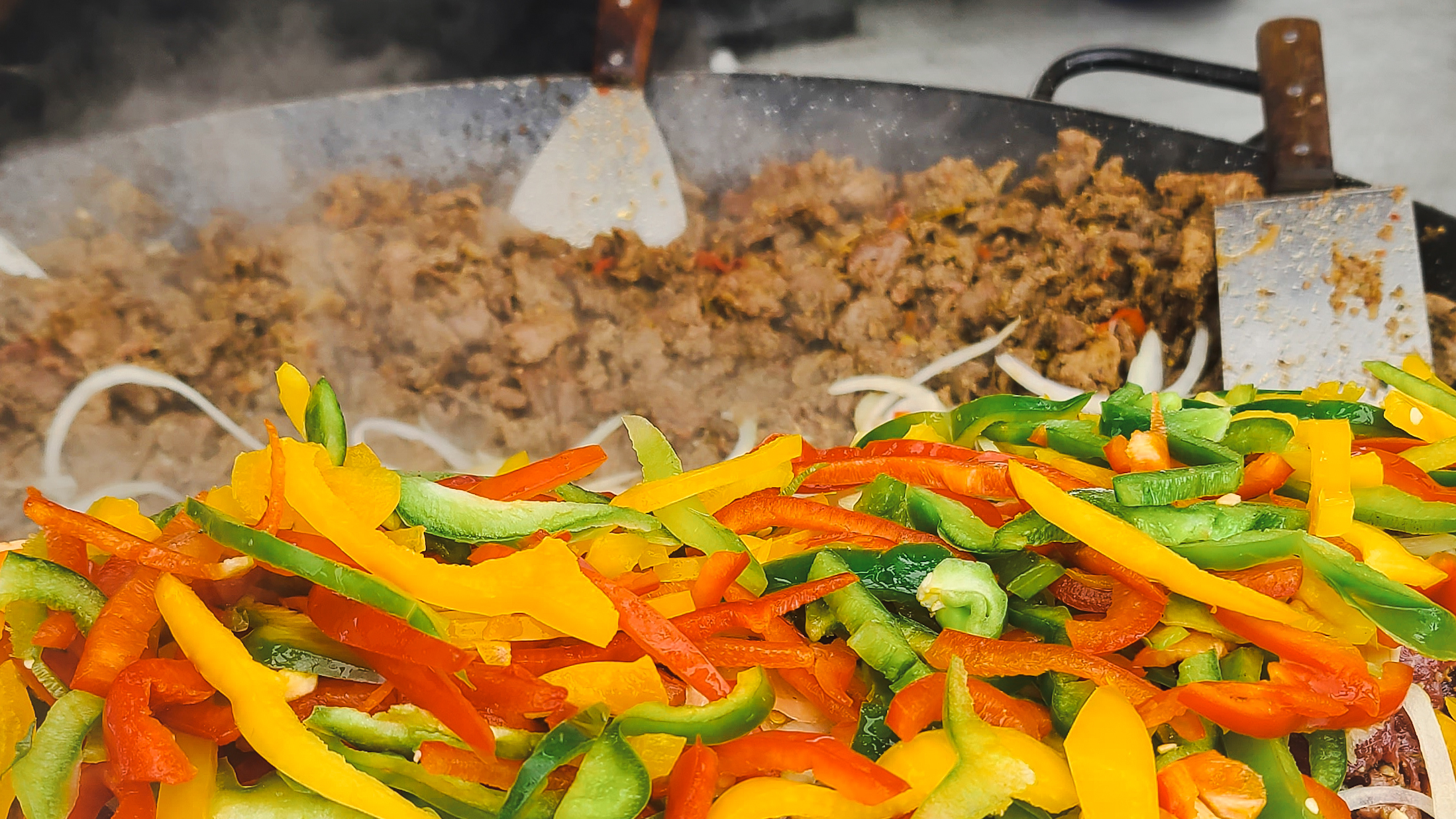Food: keeping us cultured and connected
Rising food spots in the GTA have affected the way we define culture and how we stay celebrate each other.
“I’ve never tried shawarma,” said my co-worker. Several heads turned. I gasped. In hindsight, it was quite comical how we made it out to be this monumental revelation. But why was it so shocking to so many of us?
There is no denying that cultural food spots have become widespread, so much so that it feels like the world’s cuisines are at our fingertips. Within the Greater Toronto Area (GTA), there is immense cultural diversity. Several cuisines have become so popular that it is genuinely shocking when someone is part of the minority that has not indulged in a famous dish. The rising reputation of ethnic cuisines gives space for underrepresented, marginalized communities to be recognized on a larger scale. In addition to this, small businesses can directly reap the benefits of sharing their cuisines with the world.
The effect this has on our collective knowledge of culture is massive. The exposure of different cuisines creates a shift in attitude from gatekeeping culture to the sharing foods and traditions eagerly. Anthropologist Margaret Mead described the act of sharing food as a form of gift-giving. In many ways, food represents one’s cultural heritage, and thus, giving people outside our culture the opportunity to participate in this experience is a meaningful exchange.
Since food and culture are so deeply intertwined, having access to cultural food spots allows us to embrace and celebrate our own, as well as different cultures, through their rich cuisines. The way that food is grown, cooked, served, and even eaten, has a deeper meaning within its cultural context. When we eat cultural food and take the time to learn the appropriate etiquette, it is an act of respect. In doing so, we acknowledge the profound history behind the techniques and rituals that go into preparing food.
Fusion cuisine, where elements from two or more cuisines are combines in some way, has become a popular phenomenon. Hakka Chinese cuisine is a well-known mix of Indian and Chinese flavours. In this instance, this fusion reveals a migratory event in history where Chinese immigrants put down roots in Kolkata in the 1700s. Making use of the regional Indian ingredients, they prepared dishes using techniques they honed from Chinese cooking and sold them as street food, which established Indochinese food as the popular fusion cuisine that we know today.
The presence of cultural food establishments is incredibly important for our sense of community. The concept of “third places” comes to mind here. Sociologist Ray Oldenburg coined the term to refer to a location in between the home—the first place, and the workplace—the second place. A third place is meant to be an environment where we can establish connections, have fun, and build our communities. According to Oldenburg, the most compelling locations for third places are those which are easily accessible and reliable for routine hangouts. The cultural food establishments within the GTA can become places where everyone has an enjoyable time. For my friends and me, this can look like sushi night or going out for tacos at a local Mexican restaurant. Having common third places in the form of cultural food spots helps us diminish the “other” mentality we may have with respect to other cultures.
Food can transform into a form of camaraderie where, irrespective of our own backgrounds, we can come together and celebrate our love for food, while appreciating the beautiful, diverse cultures from which they originate.

